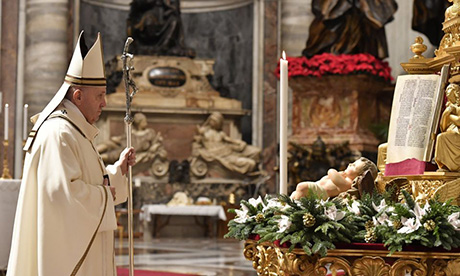Pope Francis has approved further clarifications regarding restrictions on the traditional Latin Mass in an effort to ensure that liturgical reform is “irreversible” and that liturgical celebrations adhere to the changes made after the Second Vatican Council.
The clarifications, published Dec. 18, ban priestly ordinations and confirmations in the old rite and limit the frequency in which priests who receive a dispensation to celebrate the traditional Latin Mass can do so.
The Vatican’s Congregation for Divine Worship and the Discipline of the Sacraments released the responses to 11 questions (or dubia) prompted by Francis’ July 16 decree, Traditionis Custodes, which limited the use of the traditional Latin Mass.
The responses, which are addressed to the presidents of Catholic bishops’ conferences around the world, were approved by the pope during a meeting with the head of the Vatican’s liturgy office, Archbishop Arthur Roche, on Nov. 18.
Roche, in an introduction to the new text, said that each norm has the “sole purpose of preserving the gift of ecclesial communion” with the pope.
In explaining his original decision to reimpose restrictions on the traditional Latin Mass earlier this year, Francis lamented that it had become a source of division in the church.
Since then, the decree has become a lightning rod for a vocal minority group of Catholics who still favour the traditional Latin Mass, many of whom also have expressed skepticism or even outright rejection of the reforms of Vatican II and of the legitimacy of Francis.
Among the reforms of Vatican II was the approval of the translation of the liturgy into the vernacular, in an effort to make the Mass more accessible and involve greater participation of the laity. In 2007, Pope Benedict XVI relaxed restrictions on the Latin Mass in an effort to foster greater unity with breakaway Catholic groups.
In an interview last month, Roche said that after years of trying to offer concessions, such as through the continued use of the old Mass, those efforts have “not entirely been successful” and it is time to “go back” to the principles of the Second Vatican Council. Continue reading
